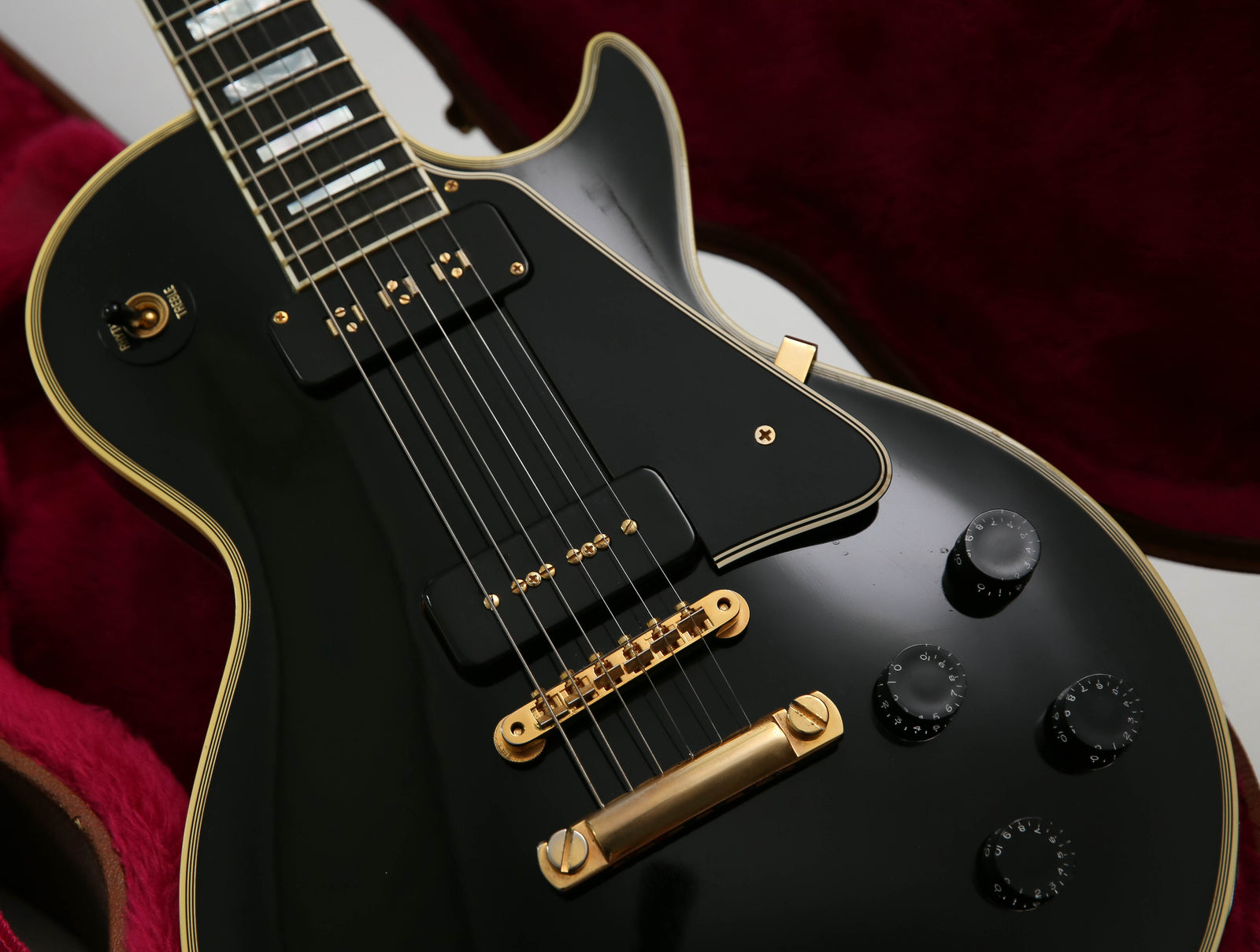EXPORT PRICE - £149.00
Preowned - Very Good Condition
Since debuting at the turn of the century, the digital-modeling members of Line 6’s POD family have become fixtures in both project and pro studios everywhere. Ranging from the pint-sized Pocket POD to the POD X3 Pro rackmount, POD products are available to fit nearly every budget and feature-set requirement. And the enduring appeal of the brand and the bean-shaped enclosure speak to the basic usefulness of the platform.
The POD HD is the newest member of the family, and it’s packed with great simulations—including 22 amplifier models based on classics like the Fender Deluxe Reverb, Hiwatt DR103, and Vox AC15, as well as modern and boutique models like the Dr. Z Route 66, Bogner Überschall, and an ENGL Fireball 100. It also has more than 100 Line 6 M-series effects that model both classic and obscure distortions, fuzzes, reverbs, pitch shifters, delays (with tap tempo), and EQs.
Although the POD HD is optimized for recording, it can also be used as a compact practice unit. Complete with a tuner and a 48-second looper, it practically begs you to plug in your axe and a set of headphones to start laying down tracks, overdubbing, and adjusting speed and playback.
On the Surface
With 13 knobs and 13 buttons, the somewhat intimidating-looking POD HD looks more like a deep sea rover control than a guitar effect. But with a little patience and homework, the controls and parameters quickly become second nature. The largest knobs are the same basic controls you’d find on most amps—Drive, Bass, Middle, Treble, Presence, Volume, and Master, the latter of which controls overall output. The wild card of the batch is the Tweak knob, which can be assigned to either an amplifier sound or an effect and used to modify parameters in real time as you would with an expression pedal.
The effect chain is controlled from the central LCD screen, where you can utilize up to eight effects at a time. But there’s more flexibility than just lining up effects. You can insert two amp models in your signal path and pan them left and right. These functions are manipulated via the Signal Flow View, which is controlled with the multi-function knobs below the LCD. The addition of the 4-way Nav pad allows you to effortlessly move an amplifier or effect into the desired position or loop in the signal chain.
Apart from Left and Right 1/4" outputs, there are connections for Line 6’s FBV line of foot controllers, an XLR input, a USB 2.0 jack for direct computer recording and software updates, and a S/ PDIF jack to output a 24-bit digital signal. Line 6 clearly went the extra mile to make this POD quickly adaptable to modern studio needs. I wouldn’t worry about coddling this thing either—short of a direct blow to the LCD screen, this thing looks like it can take a serious beating.
Sound Off
I put the POD HD to the test with Fender and Squier Stratocasters and a Gibson Les Paul. To monitor the effects, I used a pair of headphones and a Blackstar HT-5R. Pushing the Set List button brought up four preset lists designed by Line 6, each with 64 editable tone combinations, but you can also save up to eight total Set Lists.
The first preset on my list was “Jimi Got Gyped,” which is built around models of a Marshall JTM-45, a Univibe, a Fuzz Face, and a tape echo. The convincing tone from these very difficult-to-model sounds speaks volumes about how the POD has evolved. But the extent to which you can tweak any part of a given preset is the real leap forward. When I thought the Univibe was a touch slow, I scrolled over to the stompbox section of the Signal Flow display and used the Nav pad to kick up the HZ from 0.10 to 1.00. The correction in speed left the speakers sounding a bit bright, however, so I highlighted the amp and changed from an emulation of a 4x12 cab with Greenbacks to a 1x12 Celestion 12-H and switched the simulated microphone on the Set List. Problem solved!
Creating your own presets is simple, and the tweakability and customization possibilities are virtually endless. You don’t have to be a gear wizard to find a tone that’s suitable for your project. In fact, most of the amp namesakes serve as a very accurate general reference point that you can tailor to your guitar and output preferences. Even the weirder presets (“Otherness” and “Haunted Toys” are just two of the many I tried) are easy to use, musical, and perfect for those interested in prog rock or noise projects—especially when used with the fantastic stereo output.
Although most players will use the POD more as a recording solution than as a stompbox, you can navigate to a level control to optimize output for use with an amp. And when I routed the POD into an amp this way, it responded in a manner similar to plugging into a pedalboard and then into an amp. For instance, rolling off both the Stratocaster’s and the Les Paul’s volume knobs really affected the drive of the amp simulations in a way you’d expect from pedals going into an amplifier.

